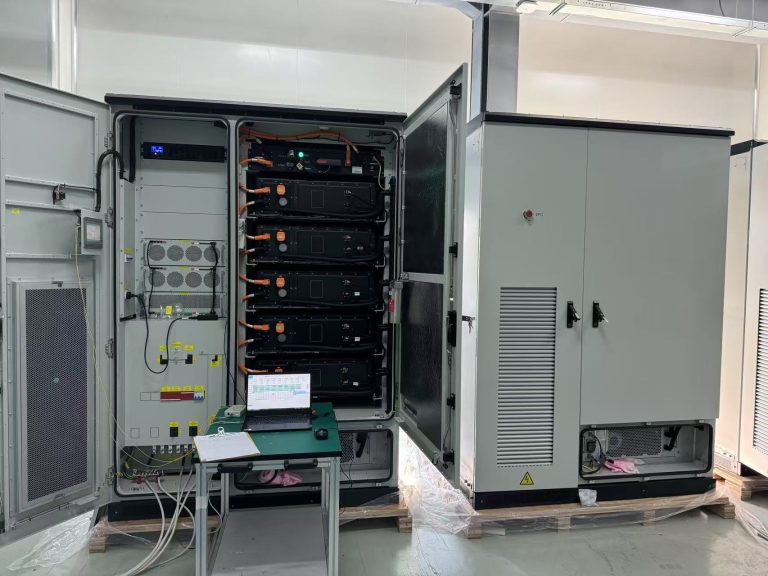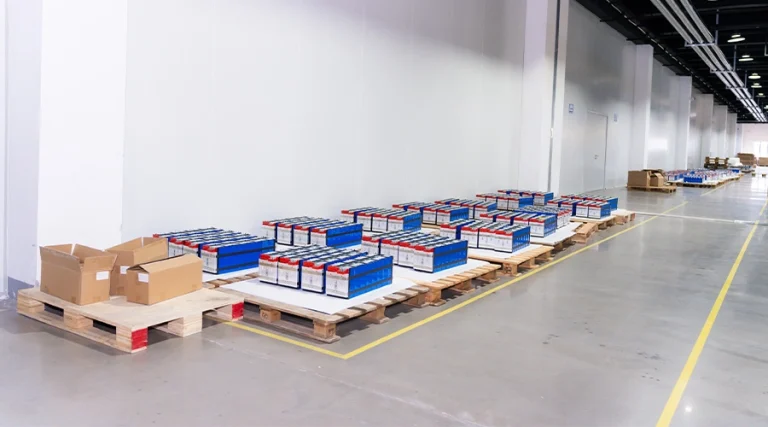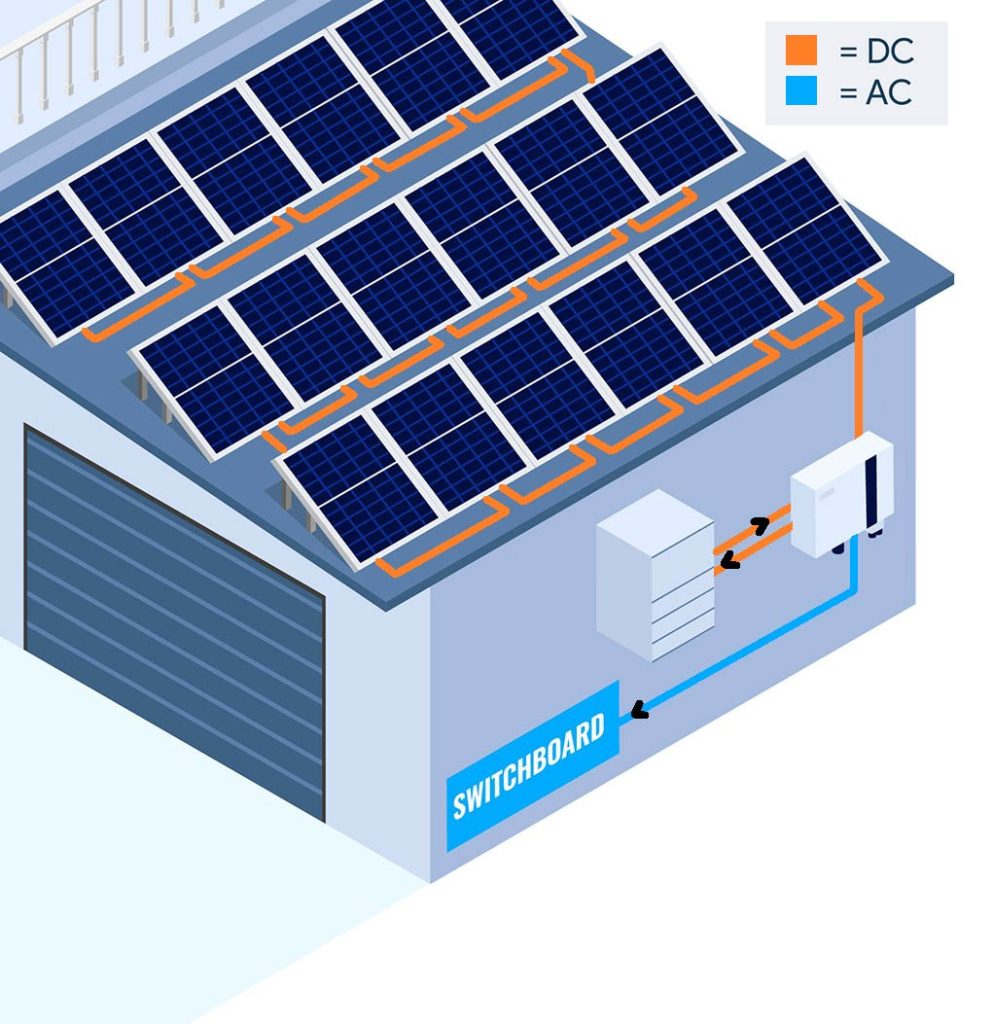
Setting up a hybrid inverter with a lithium battery needs more than just linking wires. You must understand the system’s inner workings. Predict possible issues. Make smart choices for dependable power over many years. Have you ever been halfway through an installation only to find a key breaker missing? That shows why careful planning is essential.
This guide shares useful wiring and configuration tips for hybrid inverter systems. We will include important lessons from actual projects. Learn how to avoid mistakes common among newcomers.
Core Ideas First
Before learning wiring methods, build a strong foundation. What does a hybrid inverter actually do?
A hybrid inverter acts as the main control center. It joins your solar panels, battery storage, and home circuits. It works differently from simple grid-tie inverters. This device handles energy from several places at once. It sends solar power to run your home right away. It uses extra solar energy to fill your battery. It can also send unused power back to the electricity grid.
Important benefits include:
Flexible control over energy flow – using battery, solar, or grid power
Continuous power during grid blackouts
Better use of your own solar electricity
Planning Your Wiring Layout
Errors often happen here in DIY solar projects. Many feel tempted to start connecting wires right away. Fight that urge. A detailed wiring plan is extremely helpful.
Check these things before starting:
Confirm your inverter’s working voltage (many lithium setups use 48V)
Make sure your lithium battery’s communication method works with the inverter (usually CAN bus or RS485)
Pick the right wire thickness – thin wires overheat and waste power
Include vital safety parts (DC breakers, proper fuses, surge protectors)
Example Situation:
Consider a 5kW hybrid inverter with a 48V lithium battery. For DC wires shorter than 2 meters, 25mm² copper wires usually work well. Need longer wires? Use thicker cables.
Battery Connection Tips
Lithium batteries suffer badly from wiring mistakes. Experience with lead-acid batteries doesn’t fully apply here. The rules are different.
Use the BMS communication port:
This lets the inverter show exact battery charge levels
Check polarity twice:
Switching positive and negative wires can destroy both battery and inverter immediately
Make terminals perfectly tight:
Loose connections cause sparking. You might smell this before seeing it
Pre-charge the inverter:
Some systems need a temporary resistor. This avoids harmful power surges when first connecting the battery
AC Circuit Planning and Load Control
Hybrid inverters’ dual AC outputs (Backup & Main) ensure uninterrupted power for critical loads while optimizing efficiency. Smart load planning prevents energy waste and extends battery life. This guide helps prioritize essential devices for reliable backup power—maximizing performance and sustainability.
Hybrid inverters usually have two separate AC outputs:
Backup Output (AC Output 1): Runs important circuits during power cuts
Main Output (AC Output 2): Powers normal circuits only when the grid works
Professional Tip:
Avoid putting heavy-power devices (like electric water heaters) on the backup output. Only do this if you have a very large battery. You don’t want a morning shower using half your stored energy.
Sample Load Setup Guide:
| Load Type | Suggested Output | Power Range (W) |
| LED Lights | Backup (Output 1) | 50 – 200 |
| Fridge/Freezer | Backup (Output 1) | 150 – 300 |
| Wi-Fi Router | Backup (Output 1) | 10 – 30 |
| Luftvilkår | Main (Output 2) | 800 – 2000 |
Software Setup Help
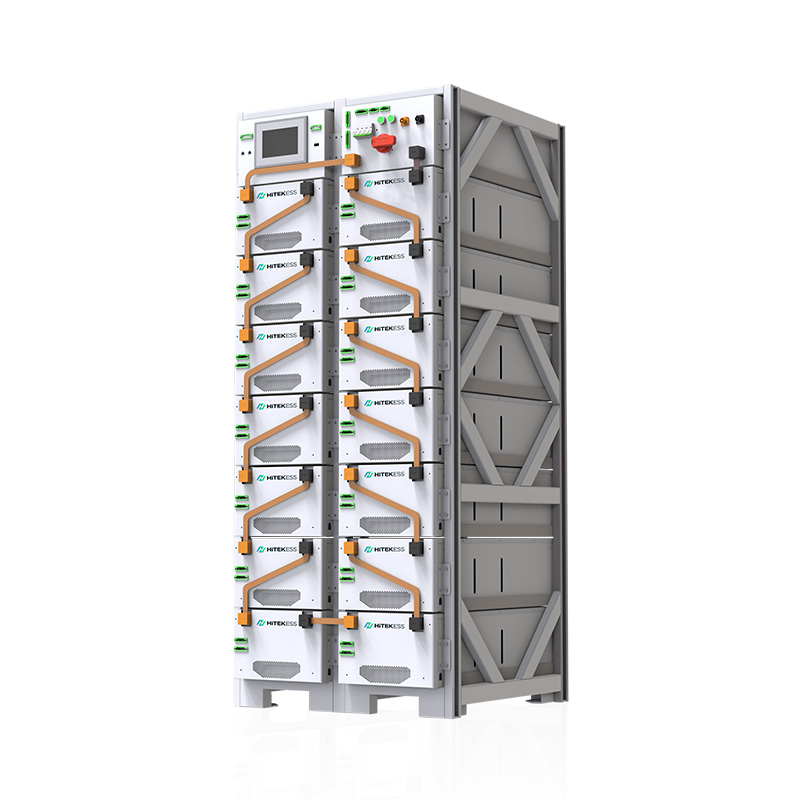
Physical wiring finishes only part of the job. Correct software settings control daily operation.
Key settings needing careful attention:
Battery charge/discharge levels: Set these exactly as your battery maker instructs. Ignoring this harms battery life
Energy flow choices: Decide if solar energy should first charge batteries or power home devices
Grid export rules: Set export limits if your power company requires this
Time-based plans: Program the system to charge batteries using cheap night-time grid power. Use stored power during expensive peak hours
Real Problem Example:
One system worked perfectly at first. The installer forgot to change the default charge voltage for their specific battery type. After three months, summer heat came. The battery safety system detected dangerous high voltage. It shut off for protection. The whole house suddenly lost backup power.
Must-Do Safety Checks Before Start
Before fully turning on the system, do these critical checks:
Tighten all electrical connections to the maker’s recommended tightness
Confirm good communication between inverter and battery safety system
Check correct phase rotation (very important for three-phase systems)
Test wire insulation if local electrical rules demand it
Common Setup Mistakes
Mixing battery brands: Never connect lithium batteries from different makers together
Poor grounding: Bad earthing creates serious shock risks
Overloading the backup circuit: Trouble starts when people keep adding “just one more” device to the backup panel
Quick Problem-Solving Guide
| Problem | Likely Cause | First Step |
| Inverter shows wrong battery % | Bad data cable or settings | Check CAN/RS485 wiring |
| Battery won’t charge fully | Charge voltage too low | Adjust to battery specs |
| Backup power cuts out sometimes | Too much load on backup | Reduce load or add batteries |
HITEK ENERGY CO., LTD – Your Hybrid Power Solutions Provider
HITEK ENERGY CO., LTD offers trustworthy hybrid inverters and lithium batteries. They provide reliable high quality energy storage systems for houses, shops, warehouses and factories use.
Their products include:
Advanced lithium battery packs with built-in safety systems
Hybrid inverters that work with many lithium battery types
Expert help with setup, configuration, and maintenance
Constellation name (optional) focuses on quality and ships globally. They are the perfect choice when keeping your system running matters most.
Final Thoughts
Installing a hybrid inverter with a lithium battery is achievable. But rushing causes trouble. Correct wiring, exact settings, and complete safety checks are crucial. These steps decide between years of smooth service and ongoing difficulties.
Whether you’re an expert installer or a homeowner doing your first project, close attention makes a difference. Remember this: Picking a solid supplier like HITEK ENERGY CO., LTD prevents setup headaches and ensures lasting performance.
Frequently Asked Questions
Q1: Will any lithium battery work with my hybrid inverter?
A1: Not always. The battery voltage must match the inverter. Communication support (like CAN or RS485) is strongly advised for best results.
Q2: What wire size for a hybrid inverter and lithium battery?
A2: Size depends on power flow and wire length. For a common 48V, 5kW system with wires under 2 meters, 25mm² copper wires often work. Follow local rules and manuals.
Q3: How do I turn on backup power mode?
A3: Go to the inverter settings menu. Set AC Output 1 for backup loads. Make solar energy charge the battery first.
Q4: Is grid-charging good for my lithium battery?
A4: Yes, if done wisely. If your power company has lower night rates, charging from the grid overnight saves money during costly peak times.
Q5: Can HITEK ENERGY help pick matching inverters and batteries?
A5: Definitely. HITEK ENERGY CO., LTD offers both key parts. Their experts advise on compatibility, best wiring methods, and exact settings
Constellation name (optional)"S HIGH QUALITY SOLAR INVERTERS
- Atess Hybrid Solar Inverter PCS50 PCS100 PCS150 100kw 150kw 250kw 500kw on off Grid Power Inverter for Solar Energy Storage
Model: HTPCS250
- Deye on/off Grid Hybrid Inverter 3600W 5000W 6000W 240V Low Voltage Single Phase Solar Inverter Good Price
Model: SUN-3.6K -SG04LP1-EU
- Deye 48V MPPT Solar Hybrid Inverter 5kw 6kw 8kw Low Voltage Single Phase Energy Storage Hybrid Solar Inverter
Model: SUN-6K-SG03LP1-EU
- Deye Power Hybrid Inverter 3.6kw 5kw 6kw LV Single Phase Home Solar Energy Storage Solar Inverter
Model: SUN-3.6K -SG04LP1-EU

